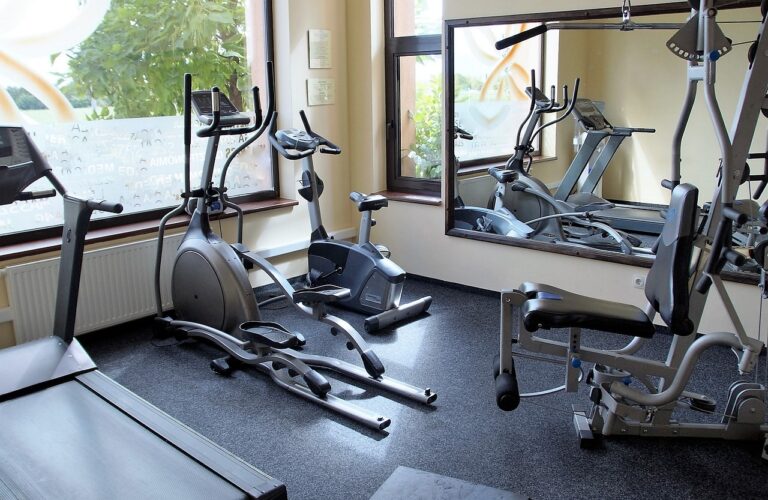The Science of Biofeedback: Harnessing the Mind-Body Connection for Health
When it comes to our health and well-being, the mind and body are intricately connected. The concept of biofeedback is based on the idea that we can harness this mind-body connection to improve our physical and mental health. In this article, we will explore the science behind biofeedback, how it works, and its potential benefits for overall well-being.
What is Biofeedback?
Biofeedback is a technique that involves using technology to monitor and provide real-time feedback on physiological processes in the body, such as heart rate, muscle tension, and brain waves. By monitoring these processes, individuals can learn to control them and improve their health and well-being.
How Does Biofeedback Work?
During a biofeedback session, sensors are attached to the body to monitor physiological processes. This information is then displayed on a screen in real-time, allowing individuals to see how their body is responding to different stimuli. Through guided exercises and techniques, individuals can learn to control these processes and achieve a state of relaxation and balance.
The Benefits of Biofeedback
There are many potential benefits to incorporating biofeedback into your health routine. Some of the key benefits include:
- Stress reduction: By learning to control your physiological responses, you can reduce stress levels and promote relaxation.
- Pain management: Biofeedback techniques have been shown to be effective in managing chronic pain conditions.
- Improved mental focus: Biofeedback can help improve concentration and focus, leading to better performance in various tasks.
- Enhanced physical performance: Athletes can use biofeedback to optimize their performance and achieve peak physical condition.
Types of Biofeedback
There are several types of biofeedback that target different physiological processes in the body. Some common types of biofeedback include:
- Electroencephalography (EEG) biofeedback: Focuses on monitoring and controlling brain waves to improve mental focus and cognitive function.
- Electromyography (EMG) biofeedback: Monitors and controls muscle tension to reduce pain and promote relaxation.
- Heart rate variability (HRV) biofeedback: Targets the heart rate to promote relaxation and reduce stress levels.
FAQs
What conditions can biofeedback help with?
Biofeedback can be helpful for a wide range of conditions, including anxiety, depression, chronic pain, hypertension, and migraines.
Is biofeedback safe?
Yes, biofeedback is a safe and non-invasive technique that can be used alongside other treatments to improve health and well-being.
How many biofeedback sessions are needed to see results?
The number of sessions needed varies depending on the individual and their specific health goals. Some individuals may see results after just a few sessions, while others may require more long-term practice.
Can anyone benefit from biofeedback?
While biofeedback can be beneficial for many individuals, it is important to consult with a healthcare provider to determine if biofeedback is a suitable treatment option for your specific needs.
Overall, biofeedback is a powerful tool that can help individuals tap into their body’s natural healing abilities and achieve optimal health and well-being. By harnessing the mind-body connection, individuals can take control of their health and lead a more balanced and fulfilling life.







